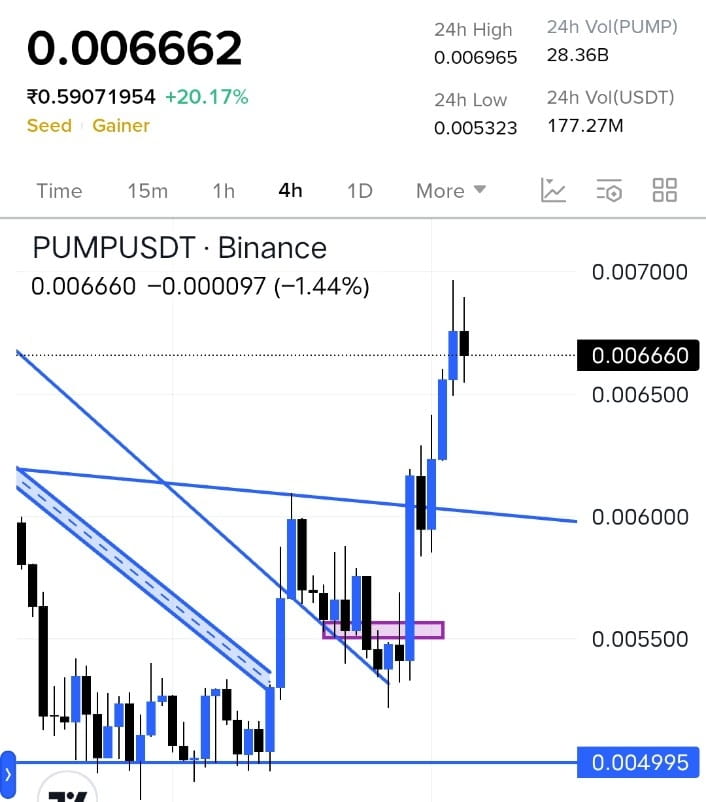DeFi is increasingly multi-chain, but liquidity remains patchy. Mitosis's previous designs, such as vaults and asset splits, have indeed made capital utilization more efficient.
But innovation alone is not enough. Whether it can truly achieve large-scale adoption in the future depends on the strength of its long-term strategy.
Key steps must be taken correctly:
1. Expand partnerships, don't go it alone.
You must proactively connect with major players—mainstream public chains, lending platforms, decentralized exchanges, and derivatives protocols. Only by connecting with these leaders can users use $MITO in more scenarios and liquidity will increase.
2. Make the cross-chain experience seamless.
Currently, cross-chain transactions are laggy, expensive, and fragmented. If Mitosis can create a simple, unified interface that developers can easily connect to and use, it has a chance to become the industry standard. Lowering development costs will naturally lead to innovation. 3. Governance should not rely solely on large investors.
The three-tier token architecture ($MITO, $gMITO, $LMITO) sounds decentralized, but the key is that ordinary people must be willing to participate.
Subsequently, tangible incentives, such as governance mining and proposal rewards, should be designed to truly link voting and token holdings.
4. Prioritize compliance and security.
As DeFi grows, institutions and "smart money" can no longer avoid the gray areas. Whoever first completes audits, risk controls, and even compliance frameworks will reap the next wave of incremental capital.
Mitosis's ultimate goal is certainly more than just "another cross-chain protocol." It aims to become the underlying liquidity layer of the multi-chain era. The more chains and the more complex the applications, the more significant its value will become—perhaps even becoming essential infrastructure for Web3 finance.
@MitosisOrg #Mitosis $MITO



